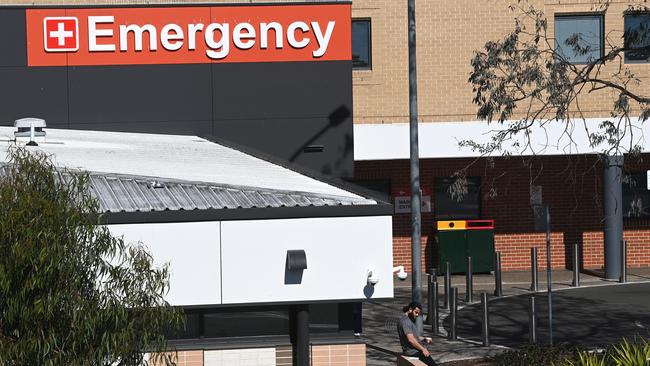‘Complex, piecemeal’ Australian health funding is opaque, research finds
A groundbreaking study has delved into the question of whether Australia’s healthcare funding system is working to its full potential.

Health
Don't miss out on the headlines from Health. Followed categories will be added to My News.
Groundbreaking research reveals Australian healthcare funding is so complicated that it’s impossible to tell if the system is working to its full potential.
The research was published in the Australian and New Zealand Journal of Public Health this week.
The study reports that in 2019-20, 1.8 per cent of overall health spending - or $140 per person - was allocated to public health initiatives.
“Our research uncovered a complex and piecemeal funding system,” La Trobe University Emeritus Professor Alan Shiell said.
“While delegating funding decisions to the states and territories who understand local need is a strength of our current model, it leaves the public in the dark about exactly where the money is going and exactly how much is being spent on public health.”

The research focuses on the “purchasing of public health”, i.e. prevention, protection and health promotion.
About $140 per person was spent on public health in Australia during the 2019/2020 year, a figure that is somewhat inflated because of the Covid-19 pandemic.
Average spending varied among states and territories, from $110 per person in Victoria to $167 per person in the ACT, with the Northern Territory being an outlier at $527 per person.
“The route this money takes as it flows from the funding agency to the eventual end-user is quite convoluted,” the researchers found.
The states and territories are mostly responsible for public health spending, but most of the money comes from commonwealth income and company taxes.
In 2019-20, $22.6bn was transferred to states and territories via the National Health Reform Agreement, mostly earmarked for hospitals, and divvied up based on how many patients the hospital sees.
This funding stream is separate to the GST which goes straight to the states. There also specific state-federal funding agreements.
Of this money via the National Health Reform Agreement, 1.9 per cent was earmarked for public health - that is, prevention, protection and health promotion.
Overall, the pioneering study found the Australian health funding system has two major strengths.
The first is that the states and territories are closer to the problems, and they decide how the funding is spent.
Second, an array of funding mechanisms theoretically allows the choice of funding method to be determined by the characteristics of the specific activity being supported.
“Much information is hidden from view, however. This makes it impossible to assess whether the potential for population benefit is fully realised,” the authors argue in their findings.
They make three suggests to improve the opaque operation, including the resurrection of detailed annual reporting from the Australian Institute of Health and Welfare, which has gone by the wayside since last decade.

The second suggestion is for state and commonwealth governments to tighten the definition of public health activities.
Thirdly, the researchers argue for accounting processes for public health expanded to allow costs that are already counted as health expenditures to be regrouped in ways that are relevant for different purposes.
The study shows Australia spends a bit more than Belgium, Spain, or Portugal, about the same as France, Iceland and Slovenia, a bit less than Denmark, Japan and Lithuania, and considerably less than Canada, the US and the UK, the research finds.
While the Australian system is “complex and piecemeal”, the data shows it still outperforms the US model, which costs three times as much per person.
Originally published as ‘Complex, piecemeal’ Australian health funding is opaque, research finds



